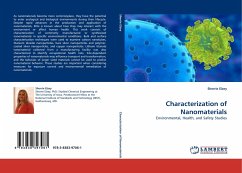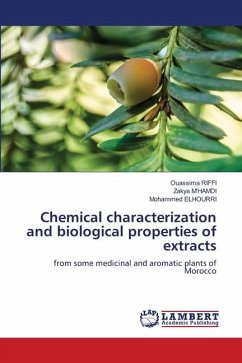As nanomaterials become more commonplace, they have the potential to enter ecological and biological environments during their lifecycle. Despite rapid advances in the production and application of nanomaterials, little is known about how they may interact with the environment or affect human health. This work consists of characterization of commonly manufactured or synthesized nanomaterials in specific environmental conditions. Bulk and surface characterization techniques were used to examine carbon nanotubes, titanium dioxide nanoparticles, bare silver nanoparticles and polymer- coated silver nanoparticles, and copper nanoparticles. Lithium titanate nanomaterial collected from a manufacturing facility was also characterized to identify occupational health risks. Size-dependent properties of nanomaterials may influence transport and transformation, and the behavior of larger sized materials cannot be used to predict nanomaterial behavior. These studies are important when considering measures for exposure control and environmental remediation of nanomaterials.
Bitte wählen Sie Ihr Anliegen aus.
Rechnungen
Retourenschein anfordern
Bestellstatus
Storno








